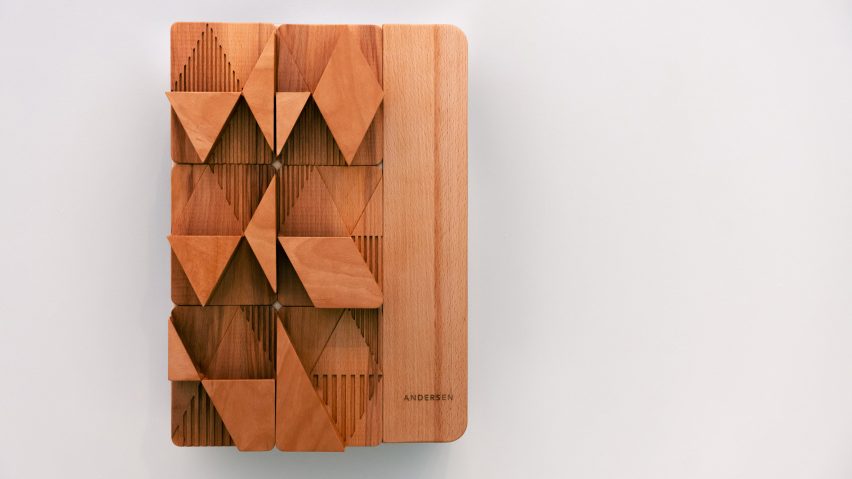
UCA presents 10 student-designed electric vehicle chargers
Dezeen School Shows: characterful charging points for electric vehicles feature in Dezeen's latest school show by University for the Creative Arts in collaboration with Andersen EV.
Among the designs is a charging station that functions as a miniature greenhouse containing small plants, which is made from a glass-like biomaterial. There's also a charger with an earthy brown cover made from coffee grounds.
University for the Creative Arts
Institution: University for the Creative Arts in collaboration with Andersen EV
Tutors: Dr Paul Found
School statement:
"Andersen EV, the UK's leading provider of premium home chargers for electric vehicles, collaborated with the University for the Creative Arts (UCA) to launch a competition to help the designers of tomorrow explore the future of home charging.
"The competition was open to all students at UCA and challenged them to re-imagine the appearance of the luxury A2 home charger, conveying the societal and environmental benefits of electrification through their design.
"The artists behind the shortlisted designs had a month to sculpt, build, create and finalise the physical concepts, which were on display at London Design Week 2024.
"The winning students were from the Canterbury School of Architecture and Design, studying Industrial Design and Interior Design, as well as MA Design, Innovation & Brand Management students at the Business School for the Creative Industries, Epsom."
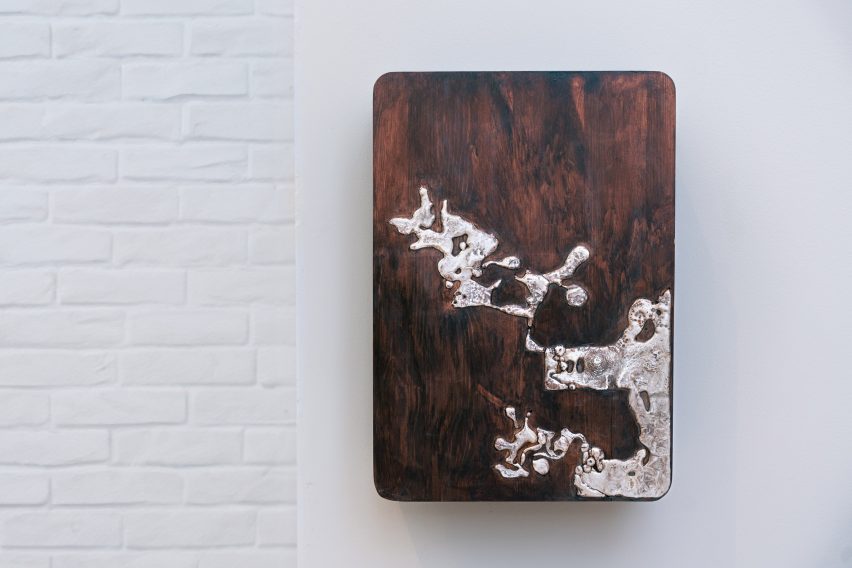
Haeckel by Mo Ramadan
"This design is manufactured from materials that age gracefully, embracing the concept that beauty evolves over time and that the maturation of the material adds character and tells a story.
"It was heavily influenced by the ethos of Ernst Haeckel, whose illustrations celebrate the intricate and often overlooked details of the natural world.
"Just as Haeckel found beauty in the complexity and order of biological forms, this design aims to capture the subtle yet profound transformation that materials undergo with age.
"The intersection of Haeckel's artistic vision with the natural patina of ageing materials was a deep source of inspiration for this piece, guiding the creation of a design that honours nature's transient yet timeless aspects."
Student: Mo Ramadan
Course: Industrial Design
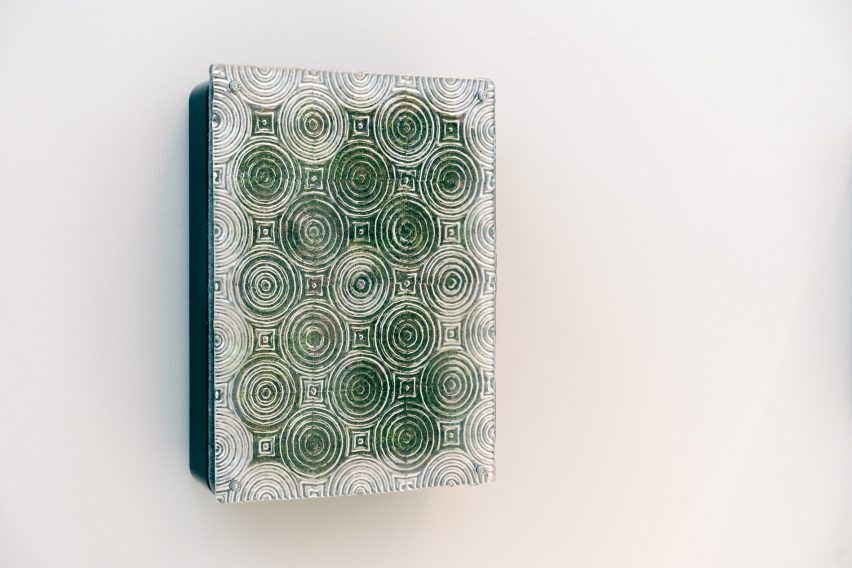
Euryphaessa by Chananchida Promma, Thomas Ford and Maxel Hutama
"This facia design positively impacts the environment through its integrated terrarium.
"The terrarium, prominently displayed in a glass frontage, is filled with a carefully selected combination of Sphagnum Moss, Spider Plant and Hedera Ivy.
"These plants are aesthetically pleasing, scientifically proven to be effective in CO2 scrubbing and can provide a habitat for beneficial insects and microorganisms, contributing to ecological balance.
"Green spaces are known to have a positive effect on mental health and well-being, making EV charging not just a necessity but a pleasant experience.
"It was inspired by the London architecture studio Bureau de Change using Thames Glass, a biomaterial created by artist Lulu Harrison from mussel shells."
Students: Chananchida Promma, Thomas Ford and Maxel Hutama
Course: Industrial Design
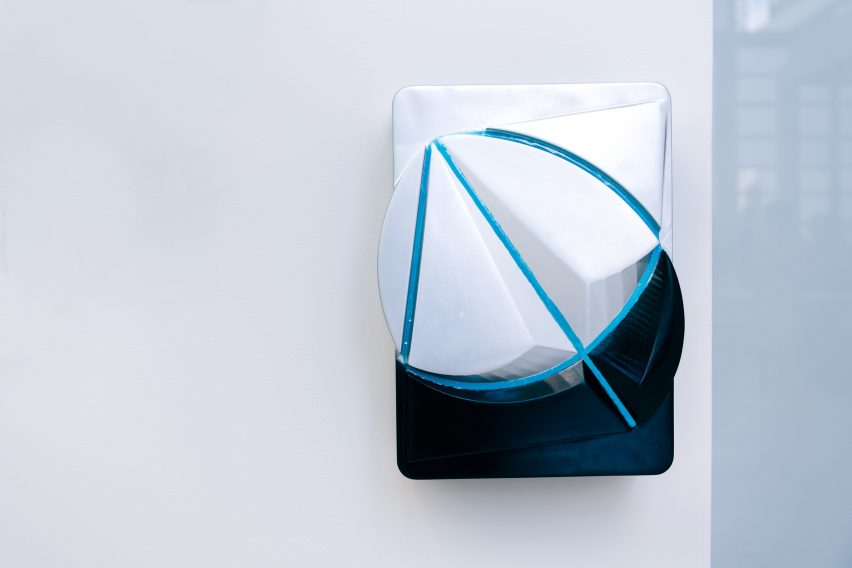
Charge Your Future by Kanyakorn Vudhikamraksa
"This design stays true to the shape of the original Andersen A2 design but adds elements of extra detail while highlighting electrification.
"The design concept is to make it look more modern and futuristic, but also keep the main shape of the product and brand identity.
"All of the shapes and patterns were inspired by the brand's logo, which was designed by overlaying all the letters on top of each other, creating a new shape."
Student: Kanyakorn Vudhikamraksa
Course: Interior Design
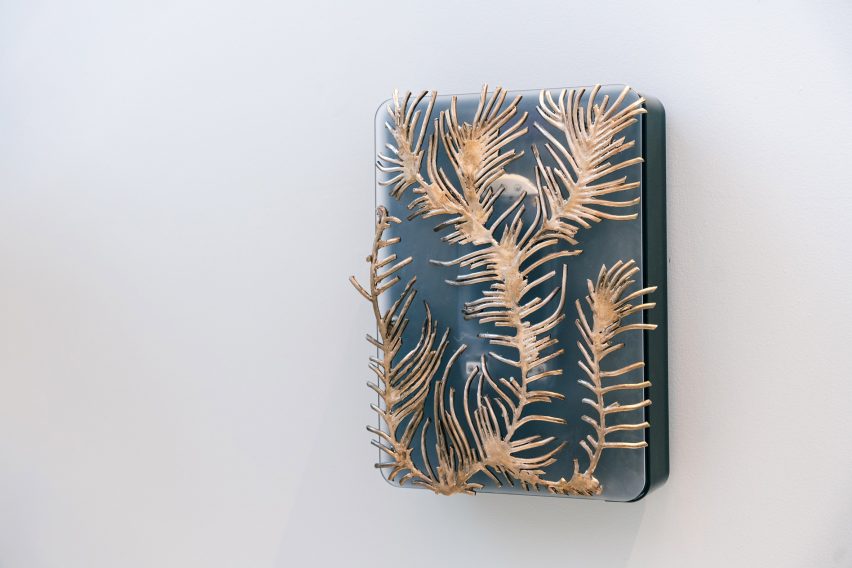
Weight and Gravity by Thomas Ford
"This design is based on the mapped water flow of glacial melt from the Columbia and Malaspina glaciers in Alaska.
"This data was used to generate geometry using parametric design software that could be meshed.
"It was then post-processed and hand-parsed to fit the design criteria.
"Future designs could be lost-wax cast using resin-printed moulds in brass, copper or bronze and polished to a high shine finish by hand.
"Other mounting options could include frosted, coloured or gradient glass or acrylic."
Student: Thomas Ford
Course: Industrial Design
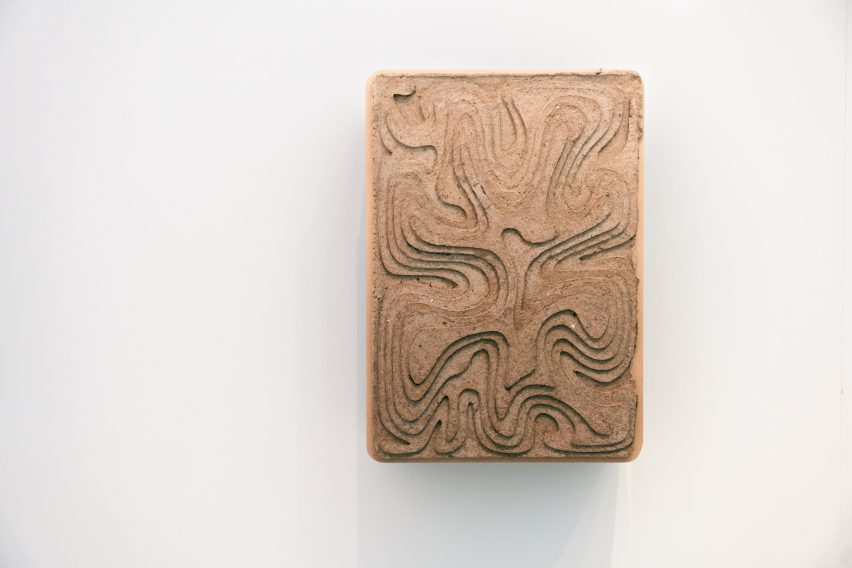
Topo-card by Chananchida Promma, Thomas Ford and Maxel Hutama
"The production of cardboard packaging requires considerable amounts of wood, water and energy.
"While its use is preferable over some alternatives, the recycling process itself consumes energy and resources, and non-recyclable elements like adhesives and inks can complicate the process.
"The design is formed by compressing discarded cardboard and combining it with a bio-resin composite, which is poured into moulds to set.
"Once the material was solidified, it was precisely shaped using CNC milling.
"The shape draws inspiration from topographic maps, transforming data on each country's household waste recycling percentage into various organic shapes reminiscent of topographic contours."
Students: Chananchida Promma, Thomas Ford and Maxel Hutama
Course: Industrial Design
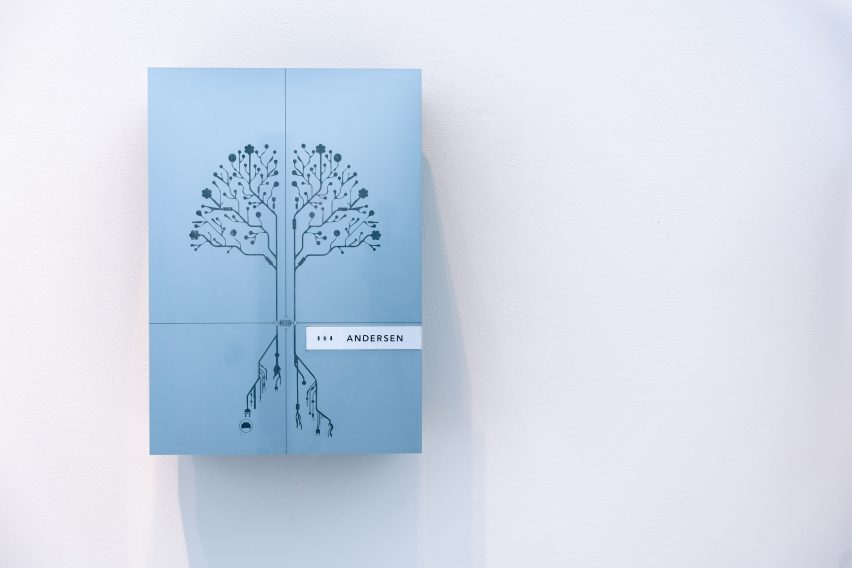
Branching Currents by Maia Buttigieg
"This design goes beyond simply showcasing the ability of devices to connect – it demonstrates that through the evolving world of technology, we can alter our ways of living for the benefit of our surroundings.
"The central focus of the piece is the stylised tree, which is constructed using simple lines and circles to replicate the intricate network of connectivity.
"The roots at the bottom of the tree keep the feel of nature apparent, while the incorporation of subtle elements like the plugs dangling from the roots and a socket in the middle of the branches illustrates the technological element associated with charging.
"This piece aims to highlight the overall relationship between nature and innovation."
Student: Maia Buttigieg
Course: MA Design, Innovation & Brand Management
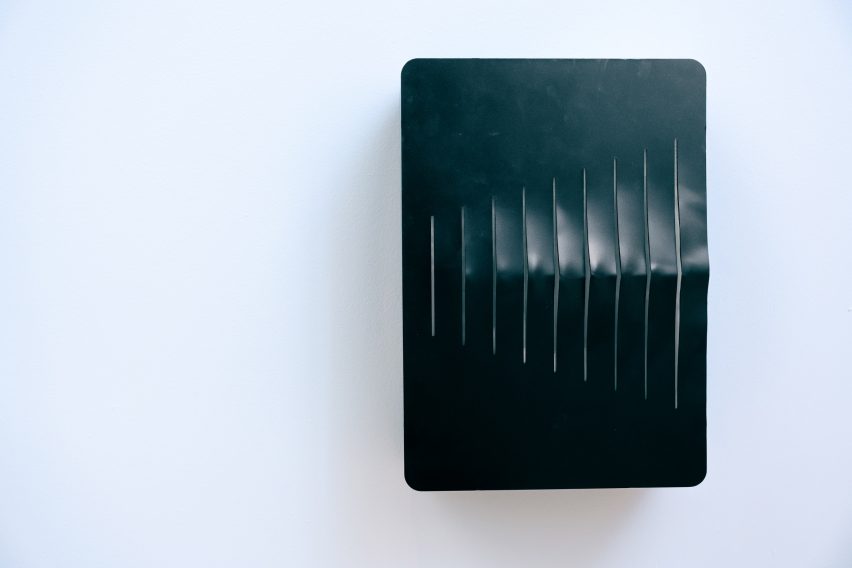
FutureFlex by Chananchida Promma, Thomas Ford and Maxel Hutama
"This innovative design goes beyond mere aesthetics – it pays homage to the essence of a façade, which traditionally represents one side, usually the front, of a building.
"It incorporates elements commonly found in architectural facades, such as fins and blades, which are not only aesthetically pleasing but also functional.
"This fusion of design and functionality positions the product at the forefront of innovation, catering to both the aesthetic and practical needs of contemporary architecture."
Students: Chananchida Promma, Thomas Ford and Maxel Hutama
Course: Industrial Design
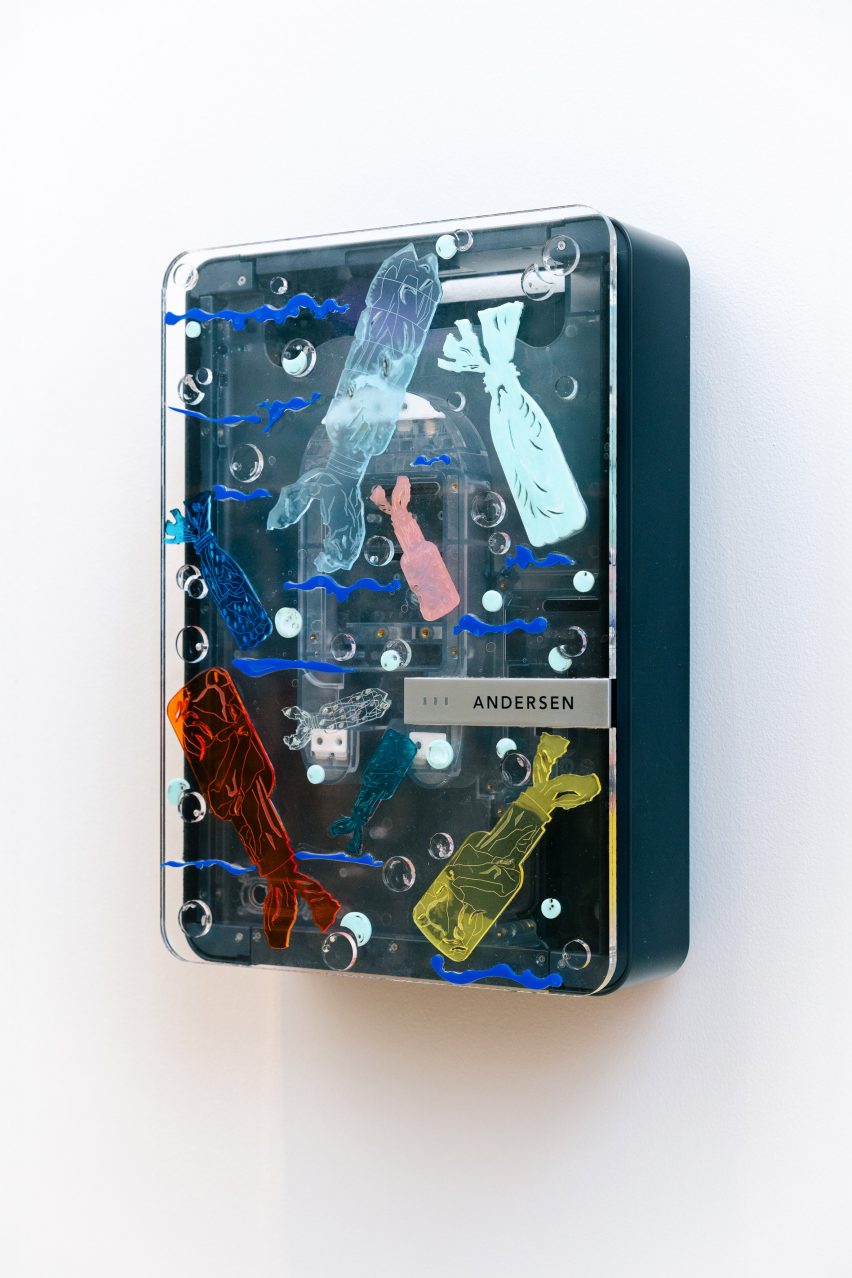
Bizarre Fish by Xiaohan Zheng
"This design uses wood and acrylic plates due to their environmentally friendly properties and robustness – both can be recycled and reused.
"The inspiration for this piece comes from an in-depth analysis of the factors and causes of global climate change.
"It highlights how the melting of the glaciers and the rising water levels change the habitats of animals."
Student: Xiaohan Zheng
Course: Industrial Design
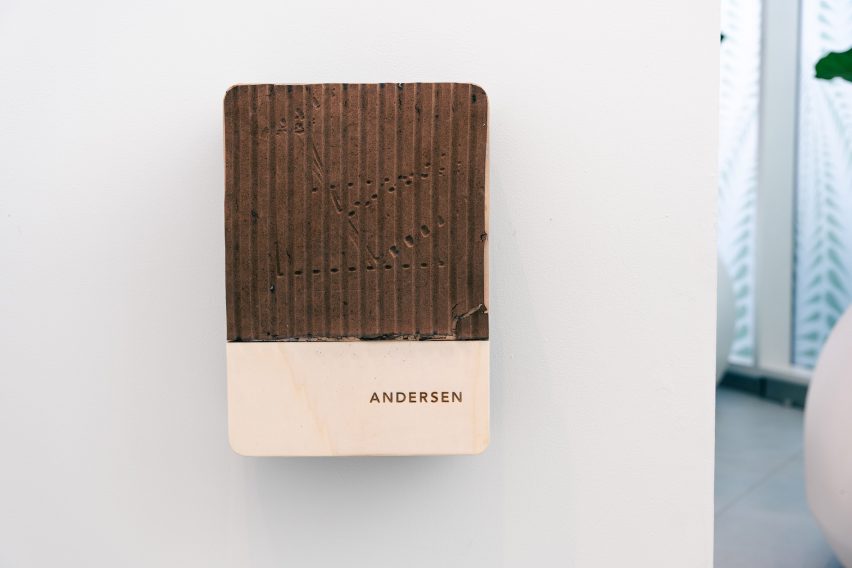
Java by Chananchida Promma, Thomas Ford and Maxel Hutama
"17 million cups of coffee are consumed every day in the UK, and 500,000 tons of coffee waste end up in landfills each year.
"Sustainable practices like organic and fair-trade certifications, shade-grown coffee and local purchasing can help reduce the impact of the coffee industry.
"This design makes use of spent coffee grounds in a bio-resin composite, allowing for a large range of patterns and designs to be created."
Students: Chananchida Promma, Thomas Ford and Maxel Hutama
Course: Industrial Design
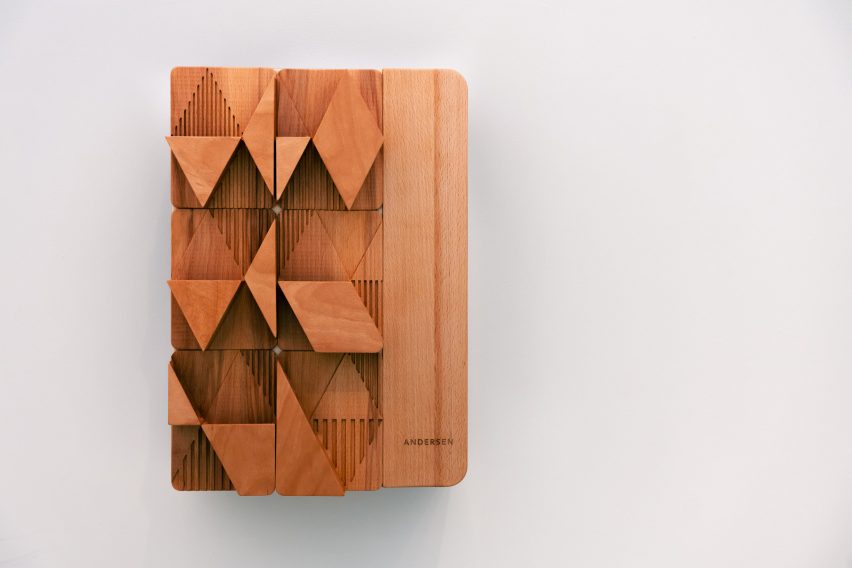
Customisable Green Tiles by Chananchida Promma
"Inspired by the concept of vertical gardening, which is suitable for a limited space home, this design features a customisable panel of magnetic tiles, each serving a dual function as plant pots.
"These design elements not only enhance the visual appeal of the unit but also contribute to a more interactive and engaging user experience.
"It is not just a functional device – it's a statement piece that beautifully merges technology with style, perfectly suited for the modern, eco-conscious home."
Student: Chananchida Promma
Course: Industrial Design
Partnership content
This school show is a partnership between Dezeen and the University for the Creative Arts. Find out more about Dezeen partnership content here.